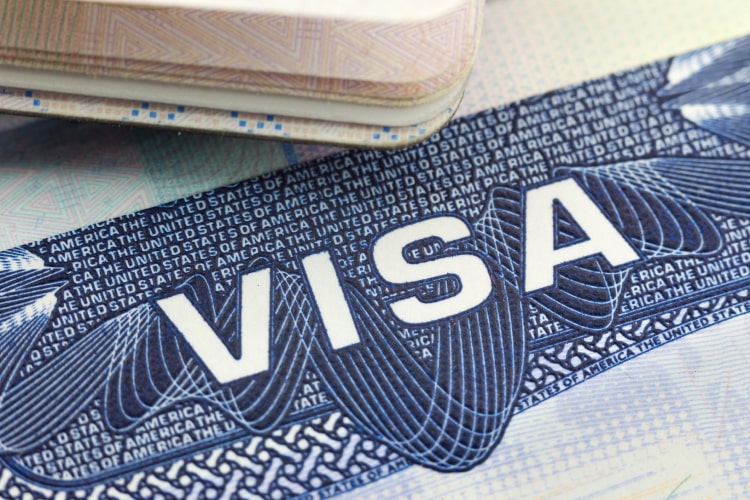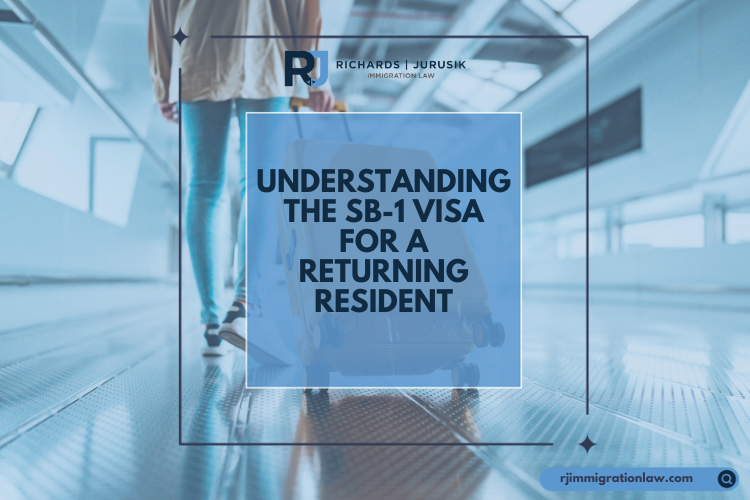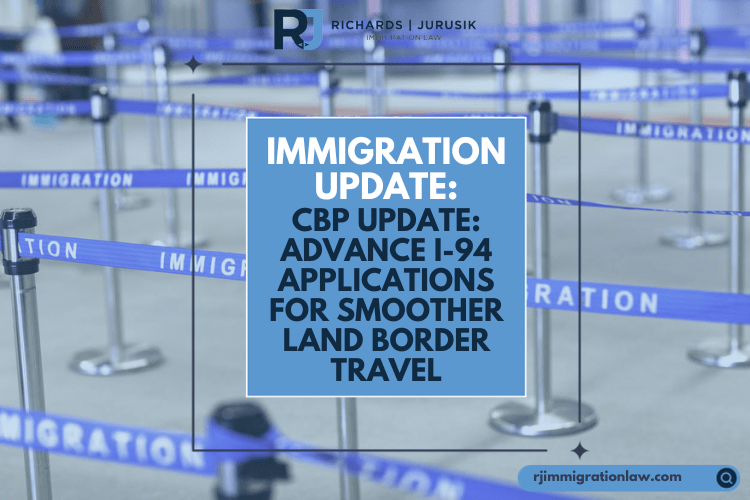U.S. immigration becomes more complex, especially when juggling multiple visas. To avoid legal pitfalls, it’s essential to grasp the regulations around concurrent visa validity and the conditions for entry. Here’s what you need to know if you’re managing or applying for more than one U.S. visa.
Holding Multiple Visas: What’s Allowed and What’s Not
The U.S. permits individuals to have different types of visas simultaneously, provided each serves a distinct purpose. For instance, holding a B1/B2 visa (for short-term business or tourism) and a TN visa (for NAFTA professionals working in the U.S.) is acceptable. These visas can coexist in your passport without affecting each other’s validity, allowing flexibility based on your intent to enter the U.S.
The key to maintaining your legal standing is using the correct visa to match your primary visit purpose. U.S. immigration officers will assess your admissibility based on the visa you present and your stated reason for entering. It’s important to adhere to each visa’s specific conditions to avoid jeopardizing your status.
Note that having multiple visas of the same type is typically not allowed, with specific exceptions, such as in certain employment situations approved by the U.S. Citizenship and Immigration Services (USCIS).
Entering the U.S.: Ensuring You Use the Right Visa
Your entry visa must align with your main reason for visiting the U.S. This determination is crucial as each visa category has its permissions and restrictions enforced by the Department of Homeland Security. At the port of entry, Customs and Border Protection (CBP) officers will inspect your documents to admit you under the appropriate status, which defines your allowed activities and duration of stay.
For example, with a B1/B2 and a TN visa, you must use the TN visa if your primary purpose is professional employment under the TN category. Misusing your visa could lead to severe consequences, including removal from the U.S. and future entry bans.
Special Considerations for Canadian and Mexican Nationals
- Canadians enjoy relaxed tourism entry requirements and can apply for TN and L visas directly at the border, benefiting from streamlined processes under the USMCA agreement.
- Mexicans require a B-2 visa for tourism and must undergo a more thorough TN visa application process, including a consulate interview and obtaining a visa stamp before seeking entry.
It’s critical to remember that admission privileges can be revoked, underscoring the importance of complying with all U.S. immigration laws and regulations.
Conclusion
While holding multiple visas is generally permissible, understanding and adhering to the governing rules and limitations is critical to leveraging these visas effectively. Being well-informed can prevent unintended legal status violations, ensuring your travels or stay in the U.S. remain trouble-free. These guidelines will help you use your visas as valuable assets rather than potential legal hurdles.
Subscribe to Our Resources Blog
Schedule a Consultation with an Immigration Lawyer
Citations
We Can Help!
You may have questions regarding U.S. immigration laws and visas. We invite you to contact our team at Richards and Jurusik for detailed guidance and assistance. We aim to provide the most accurate and up-to-date information to make your immigration process smoother and less stressful. The immigration lawyers at Richards and Jurusik have decades of experience helping people to work and live in the United States. Read some of our hundreds of 5-star client reviews! Contact us today to assess your legal situation.







